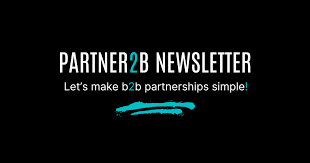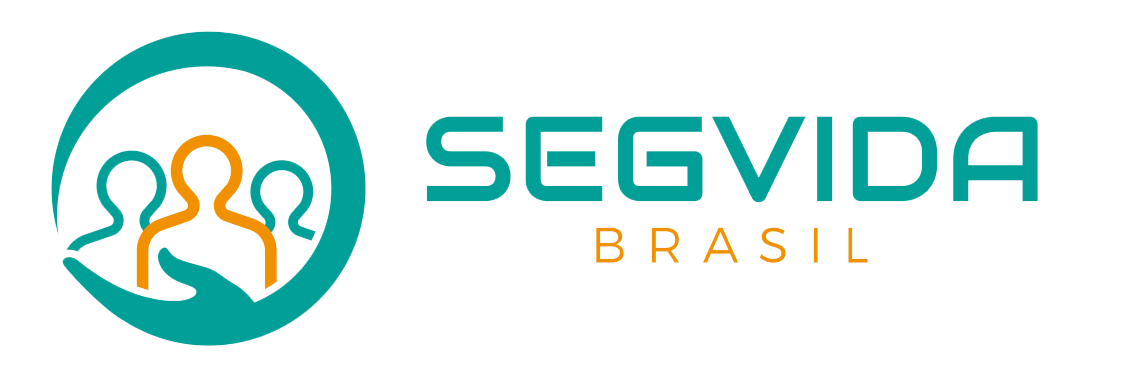
Effective Strategies for Pricing Services for B2B
In the increasingly competitive landscape of B2B services, pricing is more crucial than ever. Businesses must carefully consider how they price their offerings to remain competitive while ensuring profitability. This article will explore various strategies and best practices for pricing services in the B2B sector, providing insights that can help organizations optimize their pricing strategies. For more detailed information on pricing strategies, you can visit pricing services for B2B https://www.partner2b.com/pricing.
The Importance of B2B Pricing Strategies
Pricing is not merely about setting a number; it encompasses a complex strategy that can influence customer perception, brand positioning, and ultimately the bottom line. In B2B markets, where purchasing decisions are often made by committees and require significant consideration, effective pricing strategies can be the key differentiator for businesses. Proper pricing can enhance value perception, encourage customer loyalty, and improve sales performance.
Understanding Your Costs
Before establishing a pricing strategy, it is essential to understand the costs associated with delivering your services. This includes direct costs (such as labor and materials) and indirect costs (like overhead and administrative expenses). By having a firm grasp on your costs, you can avoid underpricing your services and compromising your profitability.
Market Research and Competitor Analysis
Understanding the market landscape and your competitors’ pricing can guide your pricing decisions. Conducting thorough market research allows you to see where your offerings stand in comparison to others in the industry. Analyze competitors’ pricing models, service levels, and unique selling propositions. This information can help you identify gaps in the market and inform how you position your own services.
Value-Based Pricing
One effective pricing strategy in the B2B space is value-based pricing. This approach focuses on how much value your service provides to customers rather than simply marking up costs. To implement value-based pricing, you must understand your customer’s needs and the benefits your service delivers. Engage with customers to learn about their pain points and how your service addresses those issues. By aligning your pricing with the value perceived by your customers, you can justify higher prices.
Pricing Models for B2B Services
There are various pricing models that B2B businesses can adopt, including:

- Hourly Pricing: Charging clients based on the hours worked. This model is straightforward but may not always reflect the value delivered.
- Project-Based Pricing: Setting a fixed price for a specific project, which can help clients budget effectively.
- Retainer Pricing: Having clients pay a recurring fee for ongoing services, ensuring steady cash flow.
- Tiered Pricing: Offering different levels of service at different price points, allowing clients to choose based on their budget and needs.
Dynamic Pricing Strategies
Dynamic pricing is another modern approach whereby prices can be adjusted based on demand, customer behavior, and market changes. In B2B services, this might mean increasing prices during peak seasons or offering discounts for bulk purchases. Implementing dynamic pricing can maximize revenue by capturing more value from various segments of the market.
Testing and Refining Your Pricing Strategy
Your pricing strategy should not be static; it requires continuous evaluation and adjustment based on market feedback and changes. After implementing pricing changes, monitor sales performance and customer feedback. A/B testing different pricing strategies can provide valuable insights into customer preferences and willingness to pay.
The Impact of Psychological Pricing
Pricing psychology plays a significant role in how customers perceive value. Techniques such as pricing just below whole numbers (e.g., $99.99 instead of $100) can make a price seem more appealing. Consider leveraging these psychological principles in your pricing strategy to enhance customer response.
Communicating Value to Clients
Once your pricing strategy is established, it is vital to communicate the value clearly to your clients. Transparency around pricing builds trust and helps clients understand the rationale behind your price points. Invest time in training your sales team to articulate the benefits of your services and how they align with customer needs.
Conclusion
In the B2B sector, an effective pricing strategy is integral to business success. Understanding costs, conducting market analysis, implementing value-based pricing, and continuously refining your approach can provide a competitive edge. Additionally, testing different pricing models and utilizing psychological pricing techniques can further enhance your strategy. As the market evolves, so should your pricing methodologies, ensuring your services remain appealing and profitable for years to come.
In summary, pricing services for B2B is a multifaceted endeavor that requires a strategic approach. By following the best practices outlined in this article, companies can optimize their pricing strategies to foster stronger client relationships and enhance overall business performance.


